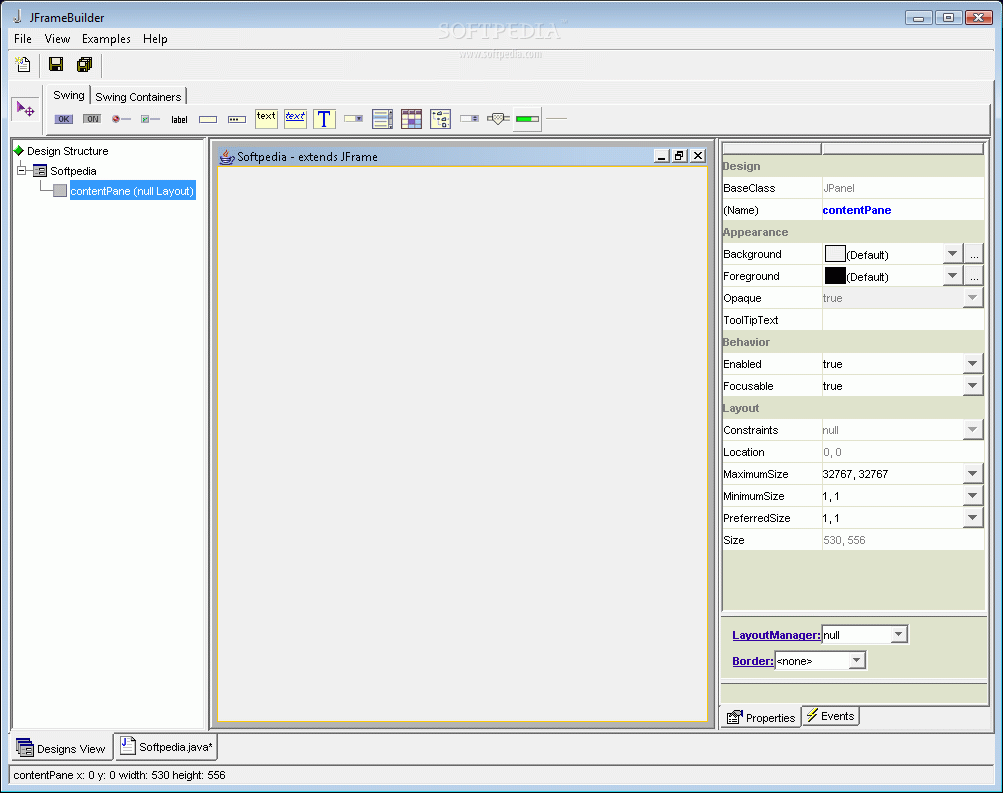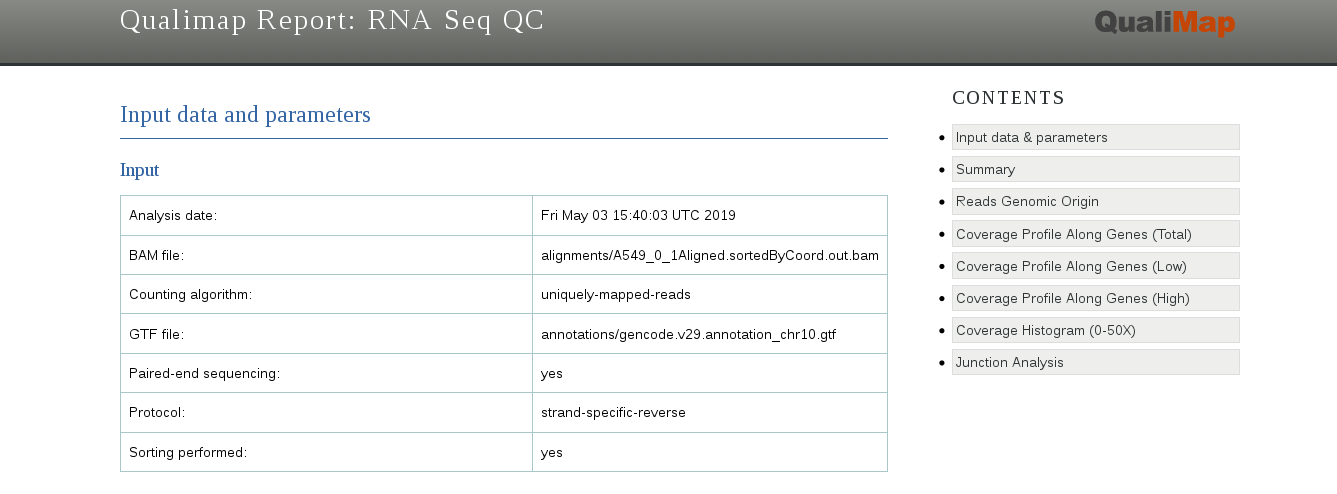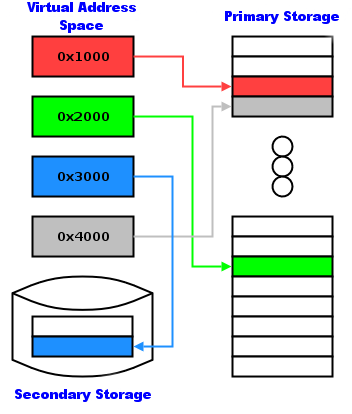
All real life application generates lots of data which need to be referred at a later stage.Call the exception’s toString() or getMessage() methods in the catch block to find out more about the problem One way to deal with all of them is to enclose all input and output statements in a try-catch block that catches IOException objects. These exceptions are subclasses of IOException. An EOFException indicates that the end of a file has been reached unexpectedly as data was being read from the file through an input stream.A FileNotFound exception occurs when you try to create a stream or file object using a file that couldn’t be located.Several exceptions in the java.io package might occur when you are working with files and streams. If file is not available in project root folder. ("File Size: "+ myFile.length() + " bytes") ("The file is " + myFile.length() + " bytes long") Java Code: Go to the editor import java.io.File We need to create Data.txt file in project root directory else we will get a message saying “File does not exist”. In other words, although SomeData.txt might be the name of a stored file when the operating system refers to it, the file is known as myFile within the application. The String passed to the constructor is “SomeData.txt”, which is the stored file’s system name. In the main()method, a File object named myFile is declared.

Let’s understand these method’s implementation with help of java program. When you create a File object and it is a directory, the isDirectory( ) method will return true. Returns the time the file was last modified this time is system dependent and should be used only for comparison with other files’ times, not as an absolute time Returns the name of the folder in which the file can be found You can create a File object using a constructor that includes a filename as its argument, for example, you make the following statement when Data.txt is a file on the project root folder: File fileName = new File("Data.txt") īelow is the list of some of important File class methods with purpose and method signature The File class is a subclass of the Object class.

The java.io package contains all the classes you use in file processing, so it is usually easiest to import the entire package using the wildcard * character, as follows: import java.io.* You must include the following statement to use the File class: import java.io.File You can use Java’s File class to gather file information, such as its size, its most recent modification date, and whether the file even exists. Determining whether and where a file exists.

When you work with stored files in an application, you typically perform all or some of the following tasks: Computer files are the electronic equivalent of paper files often stored in file cabinets in offices.
JAVA MEMORY DISK MAP ZIP
When you write a Java program and save it to a disk, you are using permanent storage.įiles exist on permanent storage devices, such as hard disks, Zip disks, USB drives, reels or cassettes of magnetic tape, and compact discs.
JAVA MEMORY DISK MAP INSTALL

JAVA MEMORY DISK MAP CODE
In Java File I/O programming, to list all available drive partitions on computer, we can use the following code snippet: File drives = File.listRoots()


 0 kommentar(er)
0 kommentar(er)
